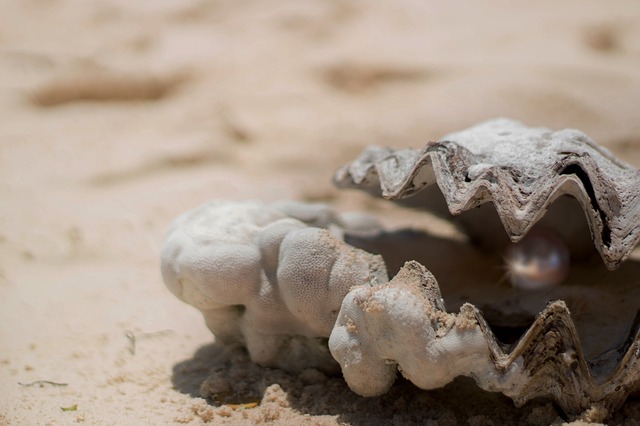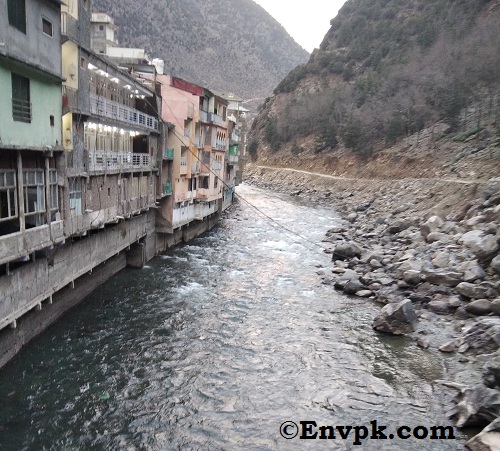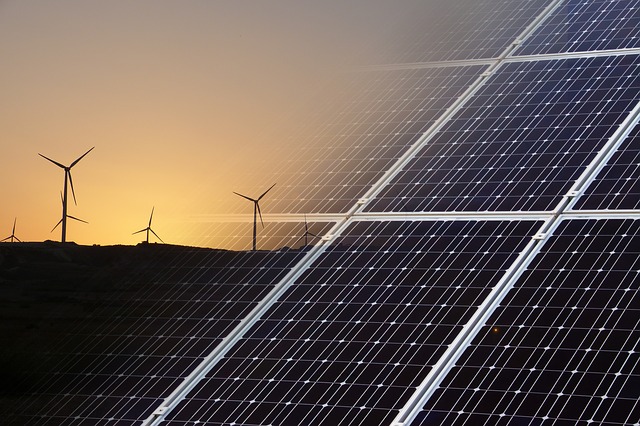INTRODUCTION
Pearl farming is gaining importance around the world due to the high demands for gems. It has great significance for economic development and coastal areas.
WHAT ARE PEARLS?
A pear is defined as a hard spherical gem that is bluish-grey in color or plain white. It is formed inside a bivalve mollusk or a pearl oyster. The pearl is very valuable and an expensive gem.
HOW PEARLS ARE FORMED?
Pearls are also known as oriental pearls. The formation of pearl is very interesting. The pearls are formed as a result of impurity that enters the body of mollusk or oysters. Any impurity or irritant that enters the body of a certain clam, oyster, or mussel species gets trapped there. These particular species use defense mechanisms and release/secrete liquid that coats the impurity or irritant. The hidden impurity/irritant under layers of liquid coat finally takes the form of a lustrous pearl.
You might also like: Deep Sea Mining and Its Negative Effects on the Environment
WHAT IS PEARL FARMING?
The cultured pearls are bred on farms by hosting a particular species of mollusk. The pearl farms are located in marine protected areas such as ponds, lakes, streams, bays, or water channels.
TRADITIONAL TECHNIQUES OF PEARL EXTRACTION
Traditional techniques of pearl extraction include the grafting method. In the grafting process, the employed person/expert or technician makes a cut in the mantle tissue for a small opening and inserts irritants into it. The irritant could be another piece of pearl obtained naturally from the sea or through a pearl farm.
When pearls are cultured in freshwater, the mantle tissue only needs cuts or opening place and does not require the insertion of irritants.
Check out: What is Ocean Acidification? – Causes, Effects and Solutions
MODERN PEARL FARMING TECHNIQUES
Modern pearl farming includes the techniques of breeding particular species of interest that are economical and more valuable as compared to other pearl-producing species. In this technique, a hatchery lab is used where breeding species are used for collecting eggs and sperm. The fertilization process could be described as in-vitro. When animal species grow to a certain length then these are taken to pearl farms where they are released into a protected environment for pearl generation.
IMPACTS OF PEARL FARMING ON THE ENVIRONMENT
The impacts of pearl farming must be taken into consideration. It is even thought that this pearl farming isn’t causing much damage to the ecosystem. There are environmental risks associated with pearl farming.
1. Introduction of alien species: Pearl farming can have direct consequences and that is the introduction of exotic/alien species. The increasing population of one particular species will definitely cause the elimination of other species.
2. Oil Spills: Fossil fuels are undoubtedly used during the farming process. The oil spills happen during working operations that might cause marine pollution.
3. Disease Breakout in a Marine Ecosystem: The seeding method of pearl farming has an environmental risk that is pest or disease breakouts.
4. Bioaccumulation: The chemicals such as disinfectants are used for the maintenance of pearl farming equipment that causes bioaccumulation in fish species.
5. Water Pollution: Freshwater ecosystems are affected by pearl farming due to the application of chemicals. The vessel sewage treated with chemicals is a source of water pollution during pearl farming.
6. Biofouling: Another disaster strongly linked with pearl farming is other organisms that are attracted towards pearl framing and lead to biofouling.
7. Marine Pollution: Pearl farming leads to marine pollution. The use of plastics for barriers around the ropes could adversely affect aquatic life.
Also check out: World Fisheries And Impacts Of Fishery Over-Exploitation
ECOFRIENDLY PEARL FARMING
Eco-friendly pearl farming involves sustainable farming techniques. Native species of oysters hold great importance for sustainable and eco-friendly pearl farming. Farming native species of mollusks will reduce the impact of alien or exotic species on the surrounding environment. Sustainable pearl farming could be used as a method of marine conservation. Following techniques and methods that have fewer impacts on the marine ecosystem are crucial for eco-friendly pearl farming.
CONCLUSION
The marine ecosystem is an extremely diverse ecosystem with numerous fish species. Coral reefs in the marine ecosystems are important for oyster pearl formation. The difference between traditional and modern pearl farming sheds light on the importance of eco-friendly pearl farming. The environmental risk associated with pearl farming could trigger an ecological disaster because the farming techniques might cause irreversible damage to the marine ecosystem.
Also check out: Impact of Marine Species Harvesting Industry on Environment
I hope you all liked this post! Please comment below if you have any suggestions, comments, or feedback! We at #envpk love hearing from our readers! Thanks!




